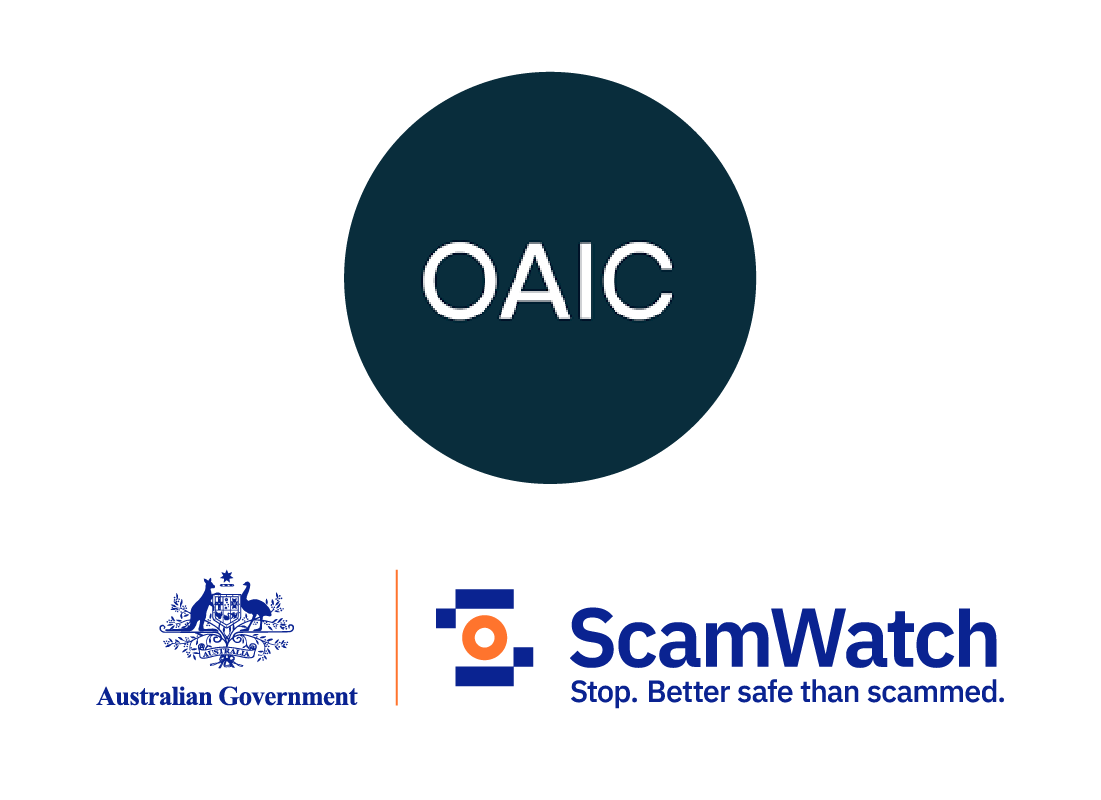What steps to take if you're part of a data breach
What steps to take if you are part of a data breach
What's coming up?
Because a data breach happens on the company's side, it's not within your control to avoid being involved in one. This activity will show you some simple steps to take if your information gets compromised in a data breach.
Start activityData breaches continue to happen
If you are certain, or even if you just strongly suspect, your information is part of a data breach, the most important thing to do is not panic.
Follow advice from the company or service affected, as well as advice from the government, and you can take the necessary steps to re-secure your personal information.

Get more information about the breach
When you hear about the data breach, visit the website of the company involved. For example if the data breach is about an insurance company, you should go to that insurance company’s website first.
Scamwatch and the Office of the Australian Information Commissioner sometimes have information about data breaches. This information is usually only provided in the most serious cases and you should still visit the website of the company or organisation involved first.
Get more information about the breach (continued)
If the company affected is very small, or the breach is of the kind that is unlikely to cause serious harm, visit the company's website and look for information, and be aware of emails or pop-up messages in the company's app.
Take precautionary steps right away
Even before you know exactly what information was exposed in the data breach, it's safest to change your important passwords right away. These include the passwords for your:
- main email address (such as your Google or Apple email)
- social media accounts
- banking app or any other apps that can access your money
- myGov account.
You can learn more about how to keep your passwords and online accounts secure in the Managing passwords course.
You might need to get new ID
Some data breaches might be serious enough that it might be necessary to get your identification documents renewed. You will get instructed to do this by the company involved in the data breach.
This will ensure your ID can't be used for identity theft, because the new documents will make the old ones invalid.
You might need to get new ID (continued)
In the event of a data breach, some of the ID you might need to renew includes:
- driver licence or photo card
- passport
- Pensioner Concession Card
- Veterans card
- Medicare card
- tax file number.
The myGov website provides advice on where to go to replace many of these identity documents.
You might get more scam phone calls
Scammers use information from data breaches to target people for scams, so be extra wary if a stranger calls and seems to know a lot about your details.
Scammers often pretend to be from a company you do business with and it can be hard to spot the difference. If a company calls you and asks you to confirm your ID, it's safest to hang up the call then phone the company back via their official number to be sure it is legitimate.
The government protects your personal data
If a data breach exposes your myGov or Centrelink details, the government will contact you and provide you with advice for what to do next.
The government might also lock your access to online services to prevent fraud. This can happen quickly, and if you are affected you can call Services Australia on 132 307 for advice.
You can take action to protect your data
If you think your information has been exposed by the kind of data breach that affects government services, but aren't sure if the government has acted on it yet, you can take steps yourself.
Visit Services Australia for a list of important accounts to secure, how to secure them, and how to check your accounts for suspicious activity.
What to do if you think you've been scammed
Scammers are constantly looking for new ways to trick people, and if you think you have been scammed or had your identity stolen, it's important to act quickly.
Services Australia has steps you can take to report a scam impersonating it or myGov and where to get more help.
You can also report a scam and find more information about what to do next at Scamwatch.
Well done!
You’ve completed the What steps to take if you are part of a data breach activity and learned where to get information about breaches, and what actions you might need to take.
Next up, if you have registered and are logged into the Be Connected website, you’ll be able to take a short quiz to finish the Web tracking and Data breaches explained course.